
Games in crypto
The world of cryptocurrencies is no longer limited to trading, investing, or creating technologies. It has turned into a huge playground where you can not only have fun, but also make money. Blockchain games are not just a trend, but a new digital experience. Where technology and game design intertwine into something truly unique and engage users around the world.
What are blockchain games?
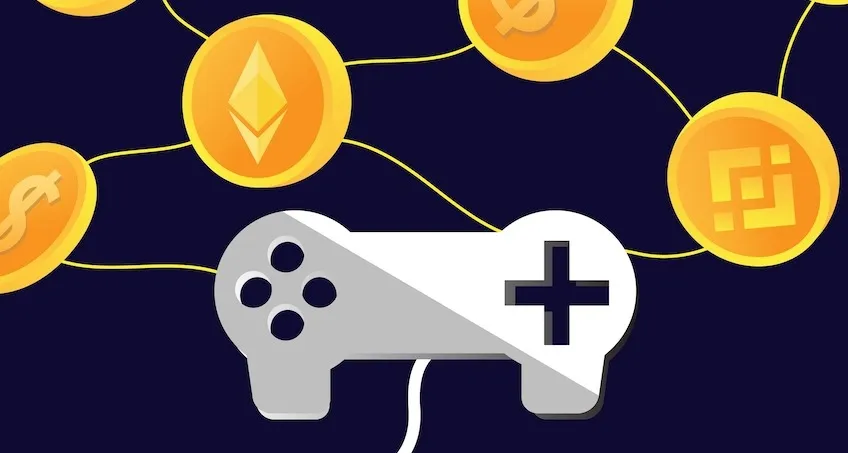
Imagine a regular online game. You level up your character, collect items, spend time — and it all stays in the game. Now imagine a game where every item is an NFT, the characters are your property, and everything you earn can be sold for real money. These are blockchain-based games.
Such games use decentralization technologies, tokens, smart contracts, and NFTs. This gives players ownership of in-game assets. And most importantly, it gives them the ability to trade them outside of the game itself, for example, using trading bots. A real digital economy, created by players and for players.
The history and evolution of blockchain games
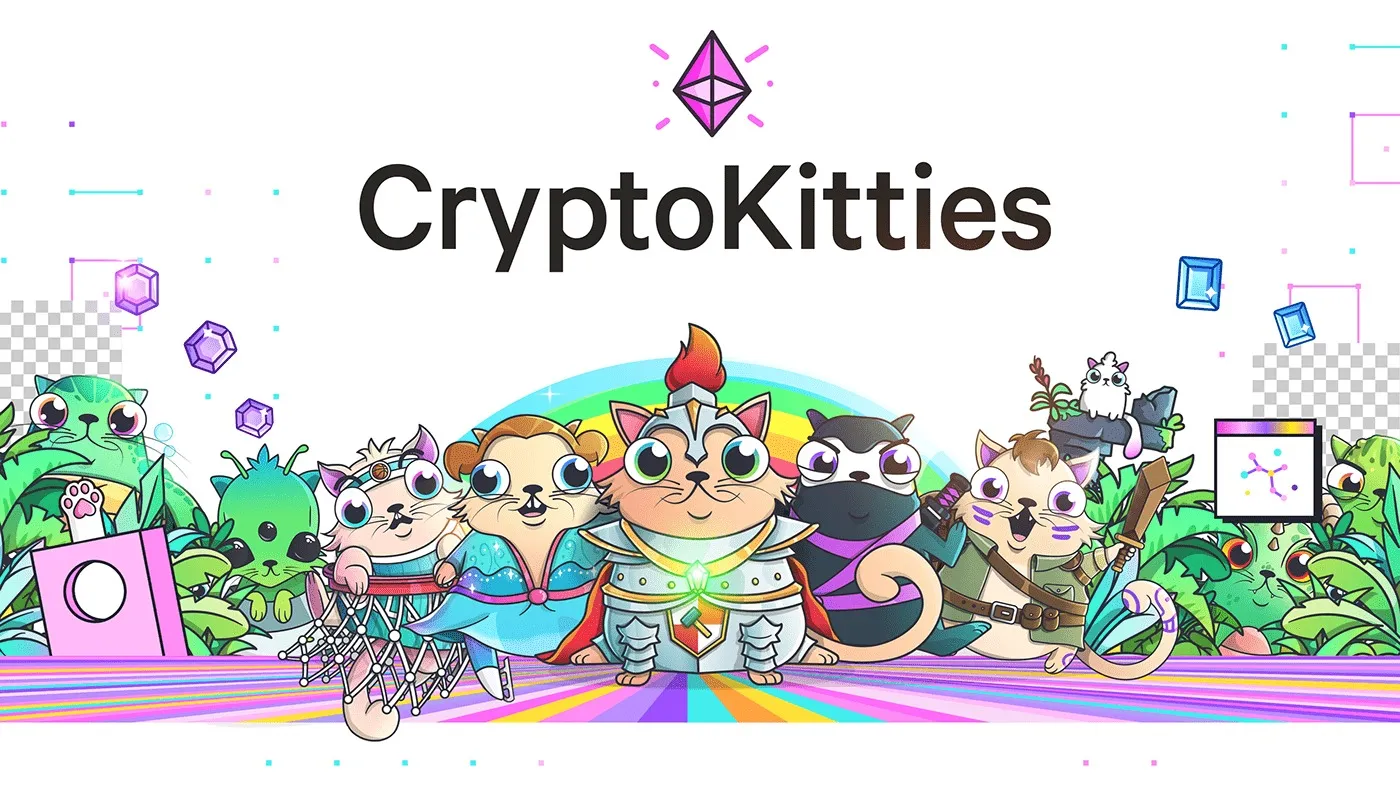
Once upon a time, the idea of earning real money in a game seemed like science fiction. But with the advent of blockchain games, it has become a digital reality. In just a few years, this industry has gone from simple toys to complex gaming ecosystems with a full-fledged economy.
The earliest blockchain-based games appeared in 2017. That’s when the world saw CryptoKitties, a collectible game where users bought, bred, and traded virtual cats. At the peak of its popularity, CryptoKitties overloaded the Ethereum network, showing the world that blockchain can be used not only for finance but also for entertainment. After the success of CryptoKitties, more and more new games based on blockchain began to appear. Developers began experimenting with genres: from card collecting projects to RPGs, simulators, and strategy games. This led to the formation of the term GameFi — a fusion of gaming and DeFi.
In 2019–2020, the first blockchain games for Android appeared, making participation accessible to millions of users around the world. This became especially important for players from countries where traditional sources of income are limited. After all, earning money from blockchain games became a real alternative to work.
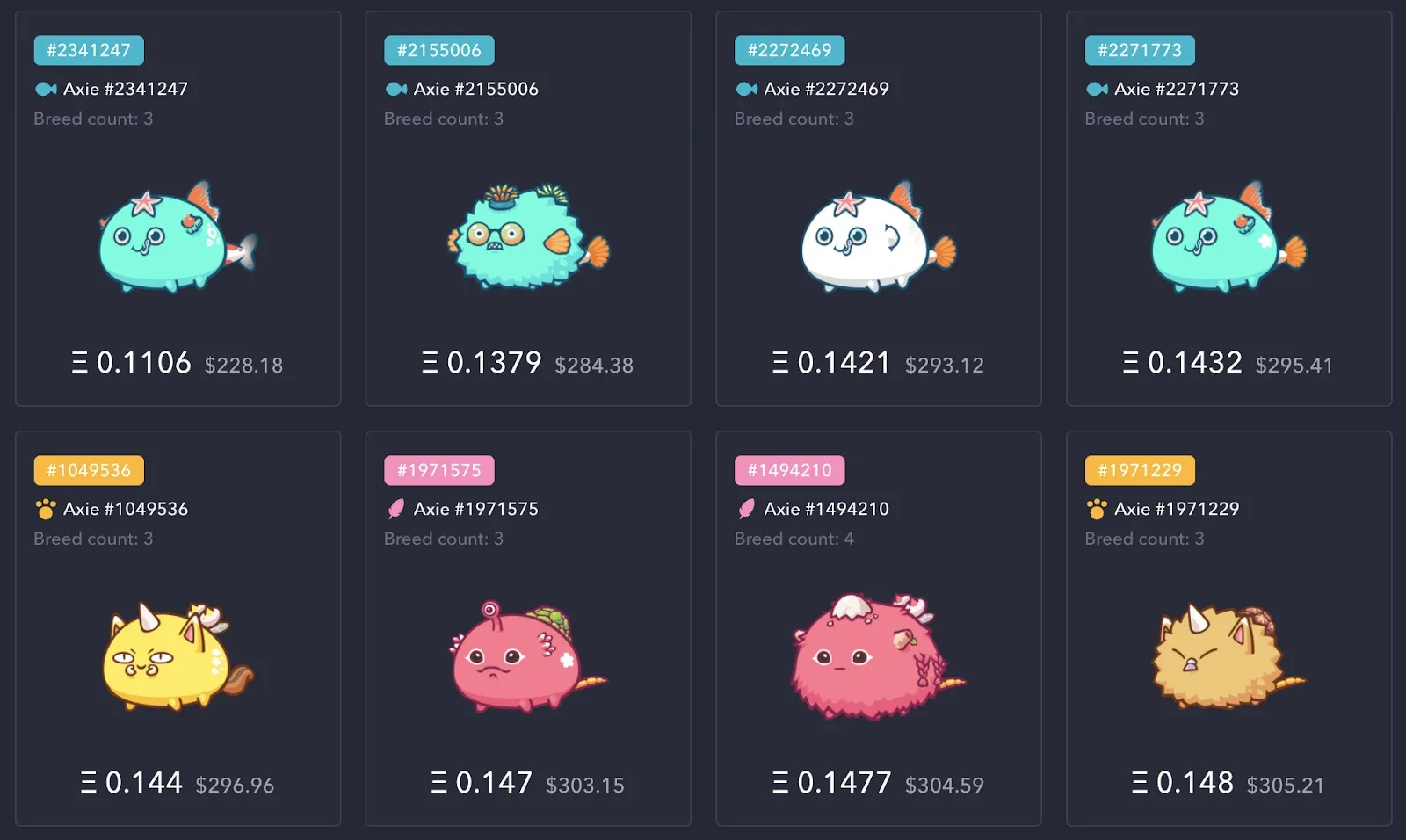
Since 2021, there has been a real boom in blockchain games. Axie Infinity entered the scene — a game that revolutionized the idea of monetizing the gaming process. Players battled with teams of pets and earned tokens that could be exchanged for real money. In some countries, such as the Philippines, Axie became the main source of income for thousands of families.
The next stage was metaverses. Projects such as The Sandbox and Decentraland appeared, where players owned virtual plots of land, built, communicated, and created businesses. This expanded the possibilities for gamers and developers. At the same time, the idea of move-to-earn emerged, which you can learn more about in our article Move-to-earn projects in crypto. Games like STEPN began to reward users for physical activity. Take a walk with your phone and you’ll earn tokens. Gamification has gone beyond the screen and become part of real life.
Today, blockchain games are becoming more flexible. Some work on several blockchains simultaneously or directly on social networks. Others integrate several business models at once: free-to-play, play-to-earn, and even game asset rental. Some games have built-in DAOs where players vote on the future of the project. An in-game economy is developing, where game tokens are becoming part of larger cryptocurrency ecosystems.
Play-to-earn and move-to-earn mechanics
Play-to-earn was the first format where players could earn cryptocurrency for their activity. Win a battle and get tokens. Breed pets and sell their offspring on the marketplace. It’s no longer just a game, but a form of work.
Then came move-to-earn — you earn by moving in the real world. Take a walk with your phone — get tokens. Projects like STEPN went viral. Gamification has penetrated sports, fitness, and lifestyle.
This is how GameFi came about — a fusion of gaming and decentralized finance. What is gamification in the cryptocurrency sphere? It’s when you do what you love, and technology turns it into an economy.
Popular genres and examples of blockchain games
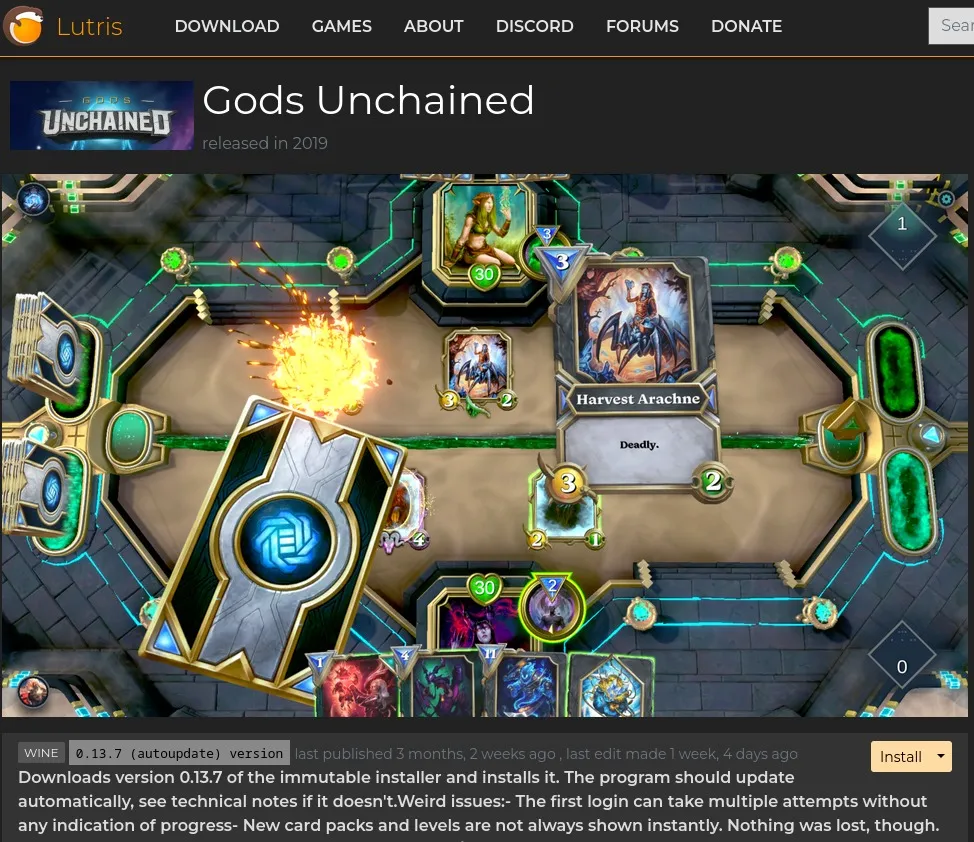
Collectible card games on the blockchain are one of the oldest and most stable genres. Players collect unique NFT cards, each with a set of characteristics. Cards can be upgraded, traded, sold, and used in battles. An example of such a game is Gods Unchained. It is similar to Hearthstone, but on the blockchain. The player’s cards are tokens that can be sold on the marketplace. Why is this genre so popular? It’s easy to explain. The “collect and conquer” mechanic has been around for decades. And blockchain gives card games a new dimension through item ownership.
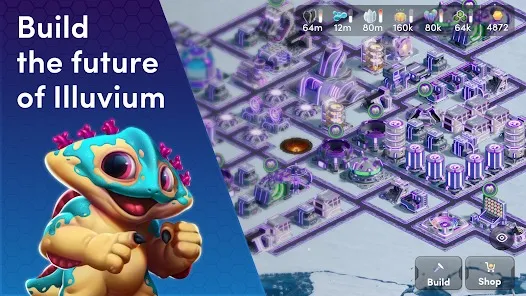
Role-playing games are another well-established genre. Here, the user creates a character, completes missions, levels up, and fights. Everything is like in a regular RPG, with one difference: the characters and items belong to the player and are represented as NFTs. One of the well-known projects is Illuvium. It is a blockchain RPG with elements of strategy and world exploration. The characters here are Illuvials, which can be caught, trained, and used in battles. This genre is actively developing because it gives players a sense of growth and personal progress. NFT inventory can be sold or used in other games if the project supports cross-gaming.
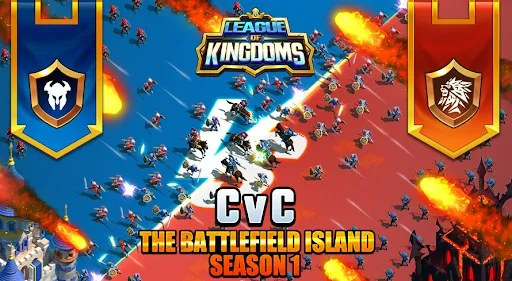
Blockchain goes well with genres where economics and calculation are important. That’s why there are blockchain-based games where the player manages cities, businesses, armies, or planets. One striking example is League of Kingdoms. It’s a strategy game where players build kingdoms, form alliances, and fight for resources. Land in the game is an NFT and can be traded.
The idea behind move-to-earn is simple: you walk, run, or even dance, and you get tokens. The most famous example is STEPN. Players buy NFT sneakers and earn money for their steps. Such games turn physical activity into income. This is a new level of gamification in the cryptocurrency sphere, where the gameplay goes beyond the smartphone screen.
There are also those in crypto who don’t want to actively play but want income. Idle games and farms were invented for them. The player buys NFT characters or objects and watches them earn tokens. An example is Bomb Crypto. Players launch NFT bombers, and they dig for tokens in automatic mode. These types of games are ideal for those who want passive income and believe in the long-term earning potential of blockchain games.
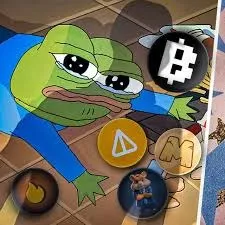
One of the most recent examples is the 2025 narrative — “taps” in the Telegram messenger. Most of these games were launched as mini-apps and provided simple game mechanics for mining tokens. Various items were purchased on the TON blockchain, and project tokens were also listed on this blockchain. It cannot be said that this narrative made all users rich. However, this experience of earning tokens directly from their smartphones became unique and very interesting for both users and developers.
What are GameFi coins?
These are gaming tokens that can be obtained while playing a game. They are traded on exchanges, have a market price, and can be used both within the game and outside of it.
The top 10 gaming cryptocurrencies often include SAND, AXS, ILV, GALA, TLM, and others. They serve not only as a means of payment, but also as a tool for managing projects. And also — as a way to earn money on blockchain games. This approach makes the gaming economy real, and tokens — part of the global crypto ecosystem.
Security and risks in blockchain games
In blockchain games, players control not just characters or artifacts, but real digital assets. These can be tokens, in-game currency, NFT items, or even virtual real estate. All of this has market value. Therefore, the issue of security in such games goes beyond game mechanics and becomes financial.
The main feature of blockchain-based games is decentralization. Players have their own wallets and private keys. These keys give them access to all their assets. If you lose your key, it will be impossible to regain access. There is no “forgot password” button, no centralized support service that can restore everything. This means complete independence and, at the same time, complete responsibility.
One of the main threats is smart contract hacks. Many new blockchain games rush to market and do not conduct a thorough audit of their contracts. In such cases, a bug in the code can allow attackers to withdraw players’ funds or subvert the game’s economy. This has happened more than once, causing players to lose hundreds of thousands of dollars overnight.
Phishing attacks are no less dangerous. Fake websites, Telegram bots, fake launchers disguised as blockchain games on Android — all of these can lead your tokens into the hands of scammers. Those who are just starting out are especially vulnerable. One click on the wrong link, and your wallet is connected to a fake website where your assets are instantly stolen.
Financial risks are a separate issue. In GameFi projects, in-game currency has a real price. It is subject to high volatility and manipulation. A player can buy tokens at their peak, start playing, and a week later the price will collapse. Some lose tens of percent of their investment simply because of high volatility. Even the most reliable top games on the blockchain are not immune to this.
Regulatory issues also remain unresolved. Many projects operate in a gray area. There is almost no legal protection. If a game disappears from the market, as is often the case with scam projects, players have no means of recovering their funds.
Another important point is the security of asset storage. It is best to use a separate wallet just for games — this will minimize losses in the event of an attack. Storing large amounts of money and game tokens in one place is a bad idea. Especially if you actively use them in daily gameplay.
The future of blockchain games: trends for 2025
2025 promises to be a turning point. Games will become more mainstream, gameplay will become deeper, and tokens will become more stable. More and more giant studios are beginning to integrate Web3. The number of new blockchain games is expected to grow, the mobile segment will develop, and hybrid GameFi models will be created. In addition, more and more developers are interested in the question: which blockchain should they use to create tokens in order to achieve scalability, accessibility, and security? And, of course, more and more players will not just play, but become owners of pieces of game worlds and ecosystems.
Blockchain games are the future that has already arrived. They combine technology, creativity, economics, and freedom. If you’ve ever dreamed of making money in a game, now it’s a reality. The main thing is to approach it wisely, not forgetting about personal safety and all the potential risks.